With 2014 looking like the year of the ugly nose in Formula One, we remind ourselves of some of the worst looking cars in F1's history
Ensign N179
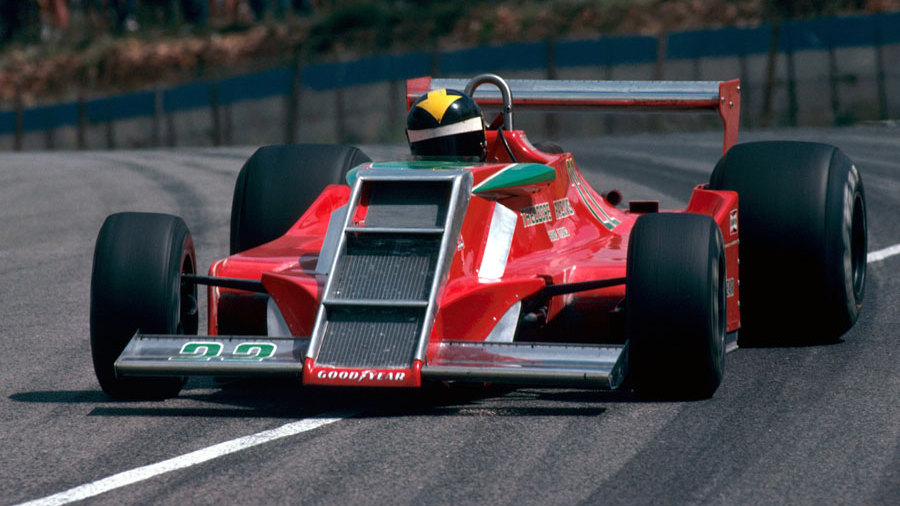
© Sutton Images
A strong contender for the ugliest car on the list, the Ensign N179 turned up at its debut grand prix in South Africa with its oil cooler and radiator in the nose. However, the car suffered from overheating problems and Derek Daly failed to qualify, complaining of poor handling. The N179 was soon modified to move the radiators into a more conventional position in the sidepods, but the car didn't fare much better.
Renault R29
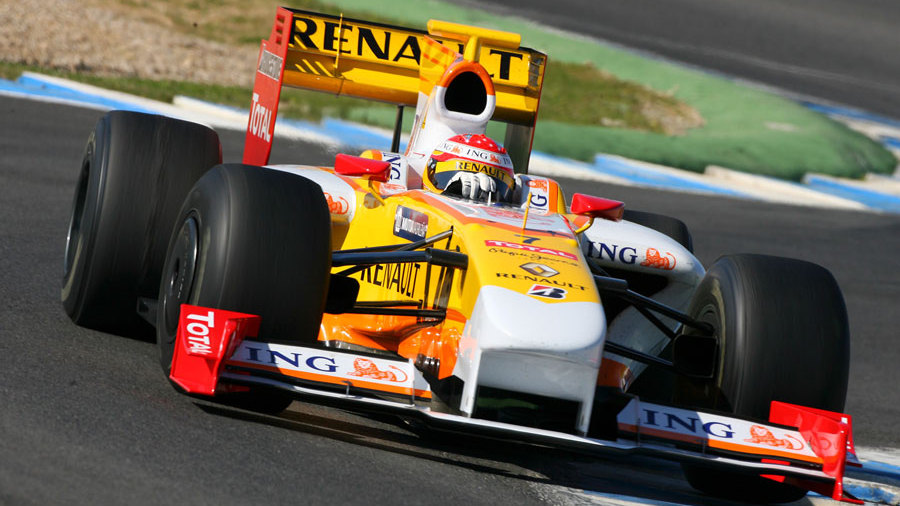
© Sutton Images
The 2009 regulations changes were responsible for a dramatic change to the face of F1, but no face was quite as ugly as the Renault R29's. In its initial testing specification the bulbous nose looked agricultural, but was designed to create an area of low pressure around the standardised central section of the front wing. It was also fat around the hips in order to accommodate the brand-new KERS device that year, although for the most part the power boost system was not used. Remarkably, Fernando Alonso managed to wrestle it towards a podium and fastest lap at the Singapore Grand Prix, but ultimately it lacked the downforce of its rivals.
ATS HS1

© Sutton Images
ATS was a Formula One team set up to promote Gunther Schmidt's alloy wheel company of the same name. The HS1 was based on the Penske PC4 the team ran during its first year of competition but modified by ex-March designer Robin Herd. The upright cockpit surround made it stand out from the crowd and was later revised when the radiator was moved from the nose. It scored no points and failed to qualify on 12 occasions, but that may have been as much down to Schmidt's hire-and-fire attitude to drivers and staff as the deficiencies of the car. Over the course of the 11 race season, the team had seven drivers with Jean-Pierre Jarier falling out with Schmidt on two occasions over the course of the year. Jochen Mass was the other original driver but broke a leg during testing. Keke Rosberg was also among the drivers given a shot behind the wheel in his first season racing in Formula One.
March 712
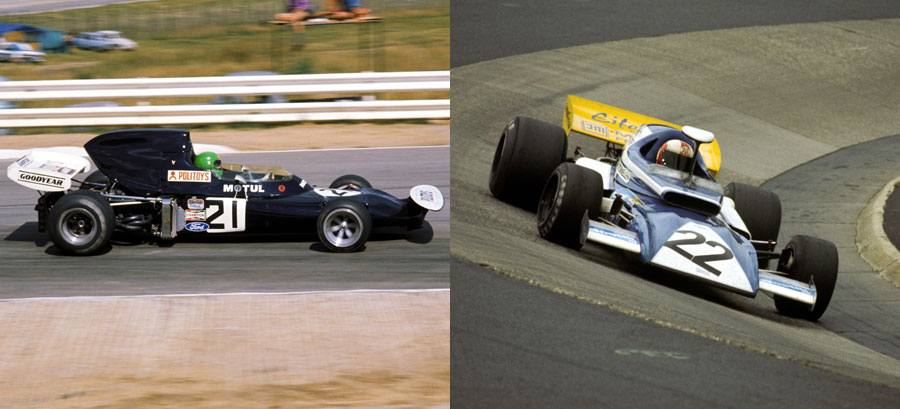
© Sutton Images
They may not look like it, but these two cars are based on the same chassis, the March 721. The fact that both 721s look odd in completely different ways is quite an achievement. The one on the right was run as a stop-gap by Frank Williams for Henri Pescarolo in 1972, while he invested in the first car of his own construction that was later written off after an hour of racing at Brands Hatch. The car on the right is the Eifelland Type 721, named after the German caravan company owned by Guenther Hennerici. It started life as a March 721 but was remodelled by German car and furniture designer Luigi Colani to offer a curved cockpit and centrally-mounted rear-view mirror. The alterations did not help the 721's competitiveness.
Honda RA108
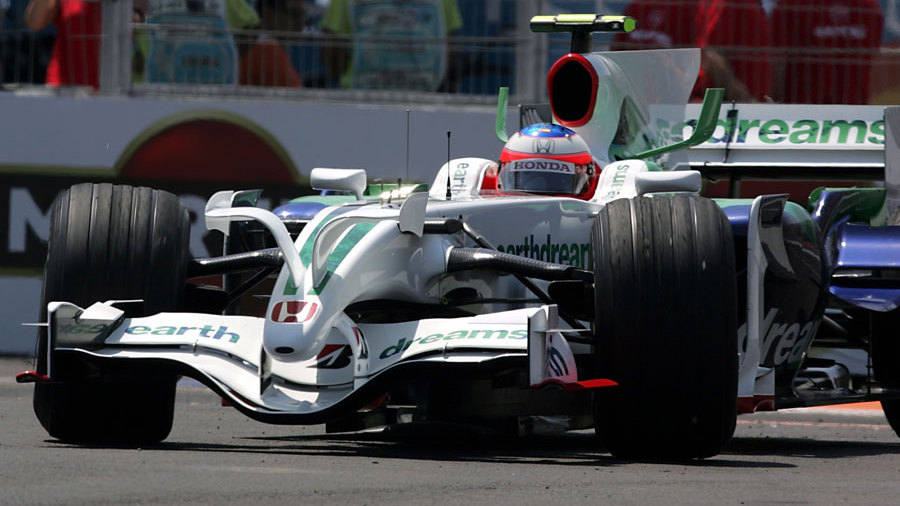
© Sutton Images
The RA108 wasHonda's last attempt at an F1 car before it sold its team to Ross Brawn in 2009. It was also its most ugly. The car was not a looker to start with, but the addition of rabbit ears to the drooping nose destroyed the aesthetic beyond all doubt. The car was also painfully slow as the team invested in the 2009 regulation changes, which ultimately spawned the championship-winning Brawn GP 001.
Tecnica Meccanica Maserati 250F
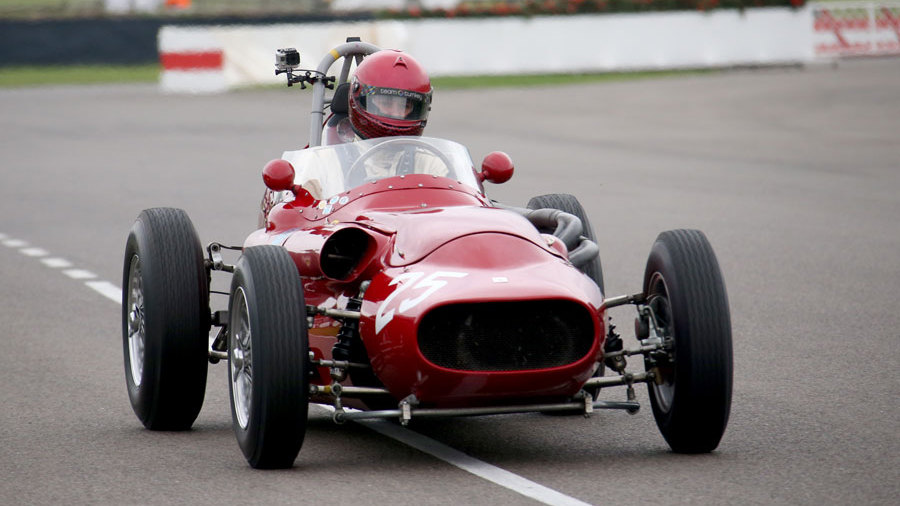
© Sutton Images
The Tecnica Meccanica Maserati 250F is proof that even the most beautiful F1 cars can spawn ugly variations. The original 250F is regarded as one of the best looking racing cars of all time, but the beauty gene was not passed on to this ugly cousin. At the end of 1958 Maserati decided to quit Formula One and its chassis and transmission specialist Valerio Colotti left the company to set up Studio Tecnica Meccanica in a small garage in Modena. He then set about building a lighter version of the 250F with a spac-frame chassis and double wishbone rear suspension. The Tec-Mec F415 was the result, powered by the same engine as the factory 250Fs but with a shrink-wrapped body. It entered just one championship Formula One race, the 1959 US Grand Prix, but completed just seven laps with Brazilian Fritz d'Orey behind the wheel before an oil leak forced it to retire.
Ligier JS5
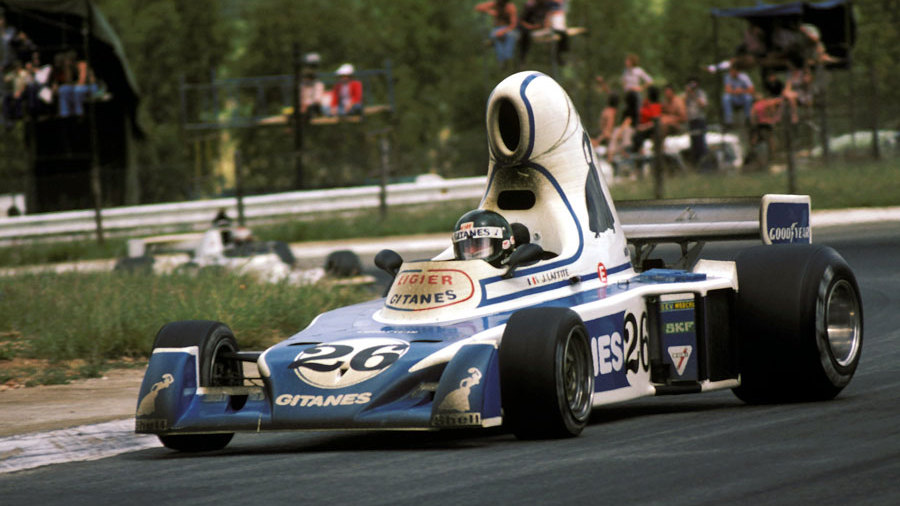
© Sutton Images
Ligier's first entry in Formula One, loosely based on the previous year's Matra and designed by Gérard Ducarouge, certainly turned a few heads. Its bulbous airbox intake gave it a top-heavy appearance that even stood out on a grid including Tyrrell's six-wheel P34. The JS5 took three podiums but all were scored when the car was running a more subtle airbox.
McLaren MP4-10
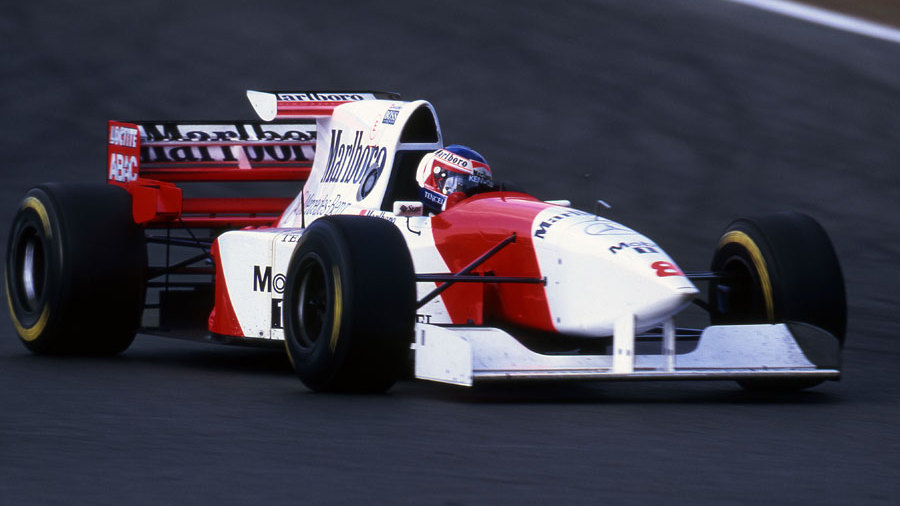
© Sutton Images
The MP4-10 was the first McLaren to be powered by Mercedes, but despite optimism at its launch it fell short of expectations. It had a distinctive nose and a mid-wing mounted on the engine cover, but ultimately lacked front-end downforce compared to its rivals. Nigel Mansell was tempted out of retirement by the MP4-10 but could not fit comfortably in its narrow cockpit at the start of the season and had to miss the first two races. On his return he wasn't impressed by the performance of the car and his McLaren career lasted just two races before Mark Blundell replaced him for the rest of the season. Mika Hakkinen scored the car's two best results with second place finishes in Italy and Japan.
Ferrari F2012

© Sutton Images
The Ferrari F2012 was among the most ugly of the stepped nose cars launched in 2012. Safety regulations regarding the height of the front of the chassis forced several teams to design awkward stepped noses to allow for a decent amount of airflow to the floor of the car. The F2012 looked particularly dramatic and the rear was also messy as Ferrari spent most of pre-season testing repositioning the exhausts to feed the diffuser with hot air. The car was a dog to drive at the start of the season, with Fernando Alonso spinning out during qualifying at the opening race in Australia, but remarkably came good over the course of the year and allowed the Spaniard challenge for the title until the very last race in Brazil.
Tyrrell P34

© Sutton Images
Possibly the most recognisable F1 car of the 1970s, the Tyrrell P34 and its six wheels caused a stir in the paddock on its arrival in 1976. It won the Swedish Grand Prix with Jody Scheckter behind the wheel, but he left the team at the end of the season claiming the P34 was "a piece of junk". The car's main setback was the lack of development of the bespoke Good Year front tyres and by the end of 1977 it was dropped. Williams, March and Ferrari all experimented with six-wheel cars from time-to-time in testing, although Williams and March put the double axle at the back and Ferrari put four wheels on a single rear axle.
© ESPN Sports Media Ltd.










